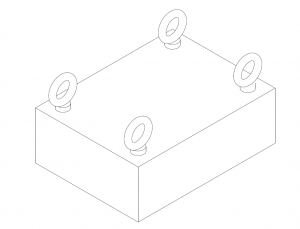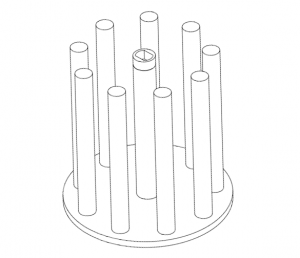Magnetic plates are constructed by aligning powerful permanent magnets interspersed with steel spacers to form a high-density magnetic field circuit. This assembly is welded and sealed with stainless steel to create a flat structure, which is then finely polished. Designed to be mounted above or at the end of conveyor belts, troughs, pipelines, feed trays, and conveyor belts, these plates are exceptionally effective at attracting and removing ferromagnetic impurities from solid particles, as well as from flake and block materials. Their utility spans a wide range of sectors, including ceramics, power generation, mining, chemicals, materials science, pharmaceuticals, food, environmental protection, electronics, and metallurgy, to meet diverse decontamination requirements.



